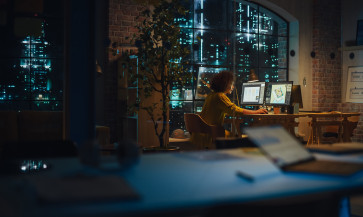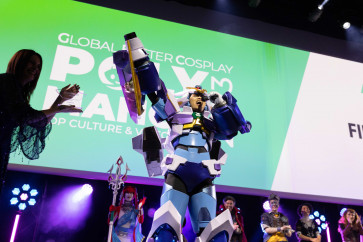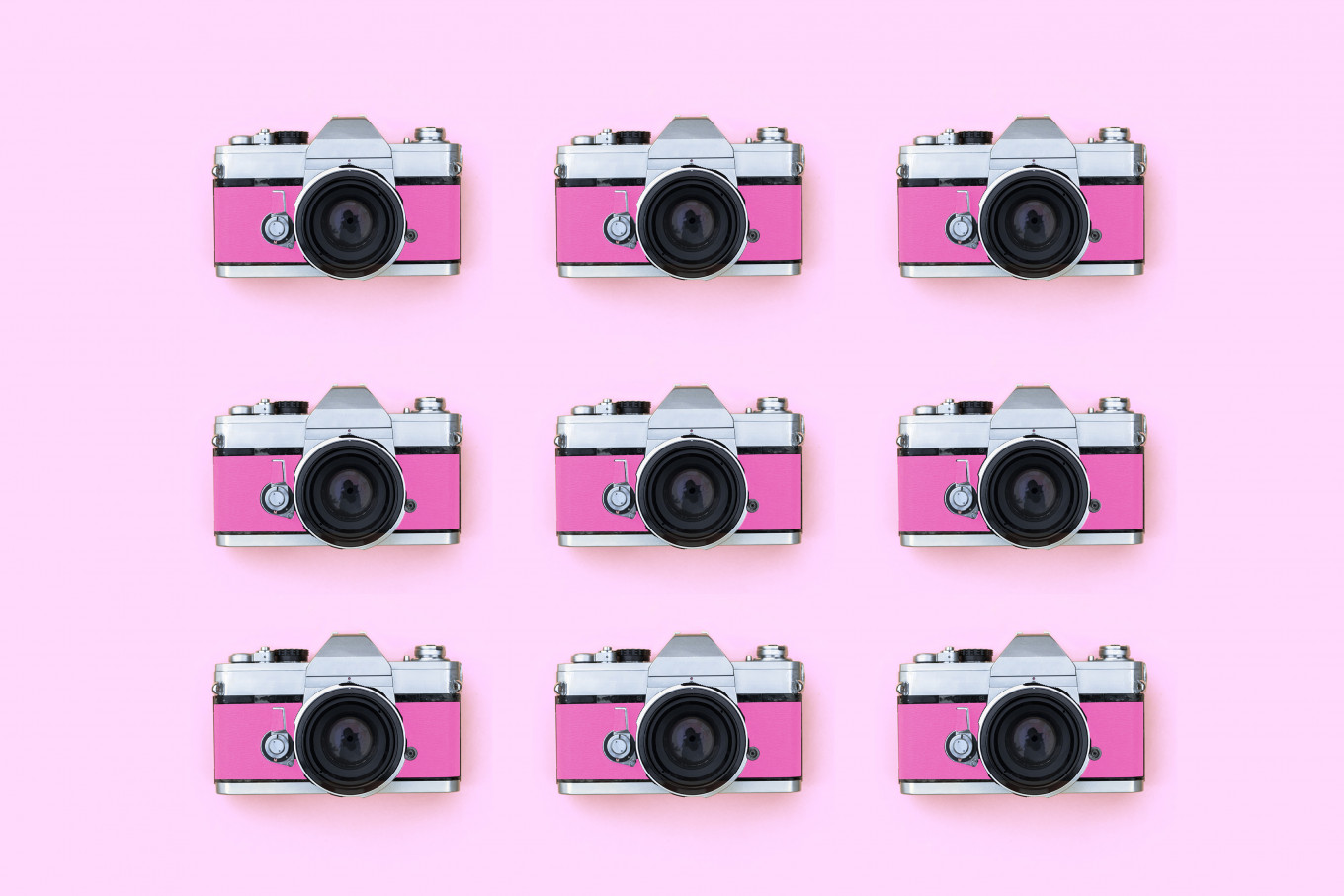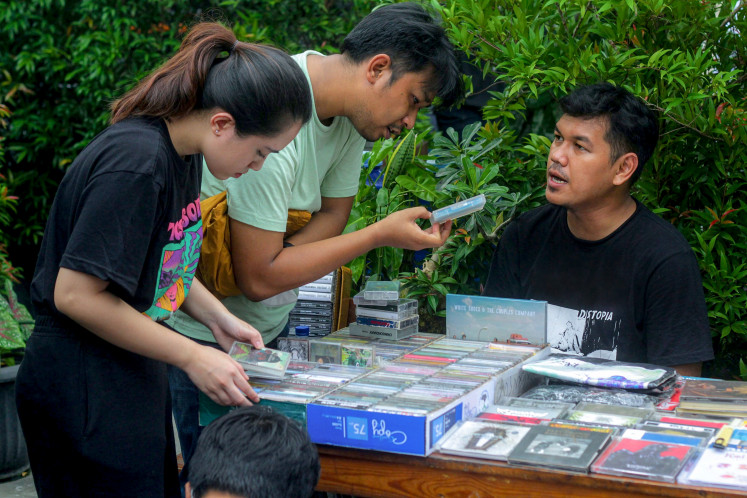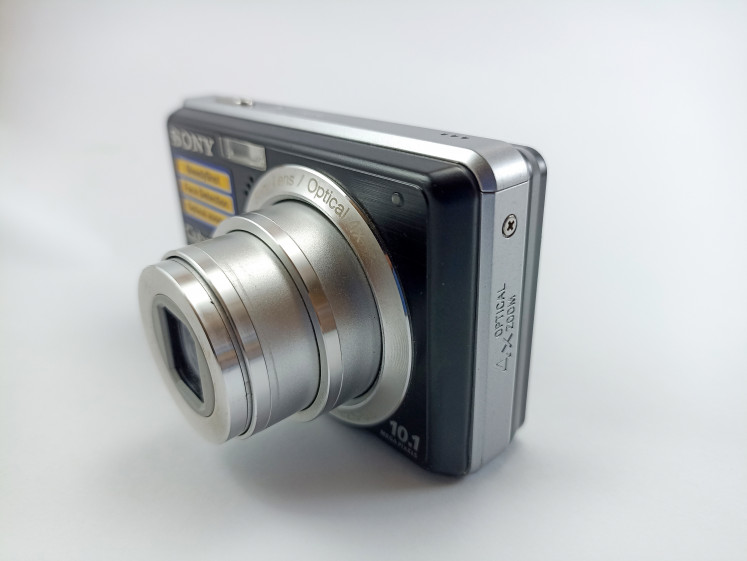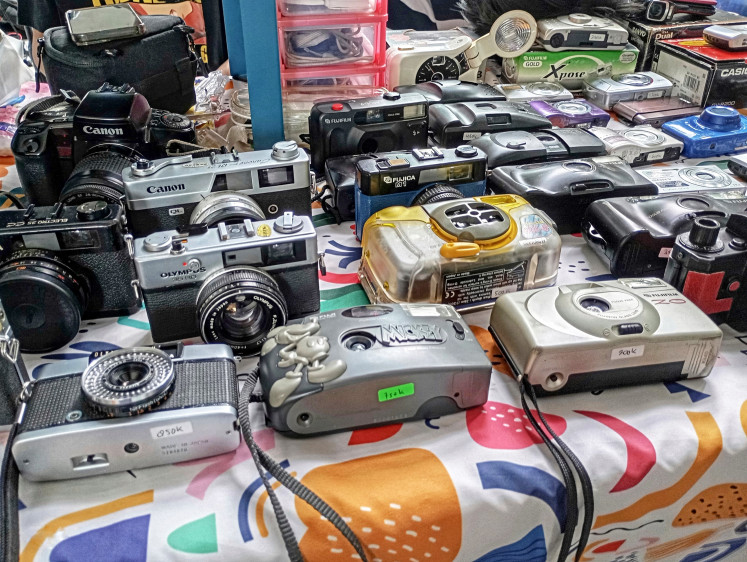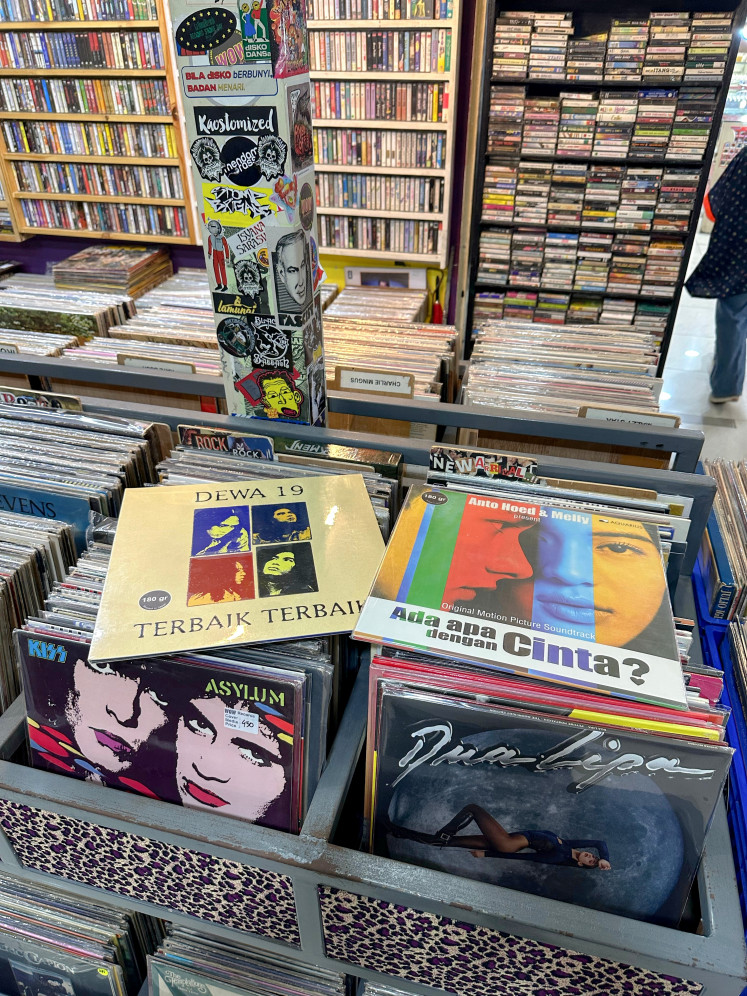Lately, it seems like all my friends have been shoving their digicams in my face.
Over the past year, some of the most memorable moments of my life have been documented by these pocket-sized cameras with their signature harsh flash. Secondhand digital cameras have made their way into nearly everyone's hands, at least in my circle.
But it’s not just my friends.
In Indonesia, Google searches for “digicam” have quadrupled since 2022, peaking in March this year. On TikTok, #digicam has amassed over 212 million posts. And it’s not just cameras, #vinyl has drawn in over 123 million videos too.
The retro wave also extends to vintage music formats. In the United States, physical music sales surpassed US$2 billion in 2024, nearly double the amount from 2020.
There’s clearly a global demand for vintage tech, and Gen Z is leading the charge. But why?

Thank you!
For signing up to our newsletter.
Please check your email for your newsletter subscription.
Retro resurgence
To see how this growing love for vintage tech is playing out in real life, just head to Jakarta’s Pasar Santa, Pasar Senen, Blok M or Jl. Surabaya. These places have become gathering spots for enthusiasts on the hunt for memorabilia and collectibles.
(Shutterstock)
For digicams specifically, the Jakarta-based business Retrober has seen it firsthand. Founded in 2022 by a five-person collective, the project began as a way to keep their passion for analog film cameras alive during the pandemic. After it pivoted to selling pre-owned digicams and camcorders in 2024, business boomed. This April, it opened its first offline shop on Jl. Surabaya.
Retrober has also noticed a similar rise in demand for physical music, which led it to start Sumarsono Walkman Club, a project focused on selling vintage cassette tapes and players.
The typical buyer? Mostly Gen Z, with a few Gen Alpha kids or parents in the mix.
The way they see it, part of the trend is driven by our generation’s fear of missing out (FOMO), how niche interests can snowball into massive digital communities.
A 2025 report from GWI supports this. It showed that most Gen Zs use short-form video platforms like TikTok and Instagram Reels to learn about trends. Since 2021, there’s been a 58 percent increase in Gen Z TikTok users sharing content and a similar 23 percent growth on Instagram.
But it’s not just about FOMO.
Fascination, not just FOMO
There’s also genuine curiosity and admiration for the past.
Sixteen-year-old Audrey tells me she has a pure interest in all things vintage. Her collection of digicams, analog film cameras and vinyl records is her way of connecting with how people from previous generations experienced the world.
(Shutterstock)
“Every time I look at black-and-white pictures from different decades, I always imagine their world was literally in black and white,” she says.
“I wanted to feel how it felt to use vintage tech.”
There’s something about the texture of retro gadgets, the way they feel in your hands, the deliberate clicks and spins, that makes them feel special.
Celia, also 16, and her 21-year-old brother Deo get it too.
Celia remembers being younger and sneaking into her brother’s room to listen to his Jackson 5 CDs.
“[Deo] would play Jackson 5. He had three CDs he played in his room and I would be in there from time to time like some freak,” she laughs.
For Deo, the obsession started when their uncle lent him an old Walkman and some 80s rock cassettes. That sparked a deep love for retro everything, from 80s film to 70s pop culture.
It became personal. Deo started digitizing secondhand Indonesian cassettes and burning rare CDs that weren’t available on streaming platforms.
“Gen Z doesn’t have our version of those old mediums,” he says.
“Streaming services are all digitized and centralized on the internet, and that makes it hard to have a physical or personal connection to the things you like.”
Yearning for the buttons
Aside from fascination, retro gadgets seem to give us a sense of comfort, anchoring us to a simpler time, our childhoods.
“Gen Z lived in an era when technology was already advancing rapidly,” says 15-year-old Faza. “Because of that, we kind of had no time to process the tech we have now.”
From online exams to QR-coded restaurant menus, the world has become less tactile. The more everything becomes screen-based, the more we crave buttons, switches and the tactile satisfaction of a cassette clicking into place.
With the rise of AI-generated everything, images, music, even people, our generation is actively searching for authenticity.
(Shutterstock)
Retro tech, in a way, is a quiet rebellion against our overly convenient world where everything is digitally within arm’s reach. We yearn for tactility, where imperfections are part of the character, whether from the buttons of a Nokia or the hypnotic spin of a cassette tape.
It’s slow. It’s imperfect. And that’s the point.
“Maybe all things feel more authentic, more natural if you put it through the lens of a digicam,” says Deo. “If it’s more shaky, it feels like it’s a real recording.”
Convenience, just with character
But this doesn’t mean we’re ditching modern tech entirely.
Big brands know we want both: the emotional pull of analog and the ease of digital. Fujifilm’s palm-sized Instax Pal connects to your smartphone for easy sharing. Meanwhile, FiiO and We Are Rewind have created Bluetooth-enabled CD and cassette players.
(Shutterstock)
So maybe we’re not choosing between nostalgia and now. Maybe we just want both, something real we can touch, with all the convenience we’ve come to expect.
As the throwback trend edges further into the 2000s, maybe it’s time to finally dig up that iPod. You might be surprised how good it still feels.
Georgina Subianto, a high school student at Mentari Intercultural School, is an aspiring writer with a keen eye for stories. She recently spent her summer interning at The Jakarta Post.








